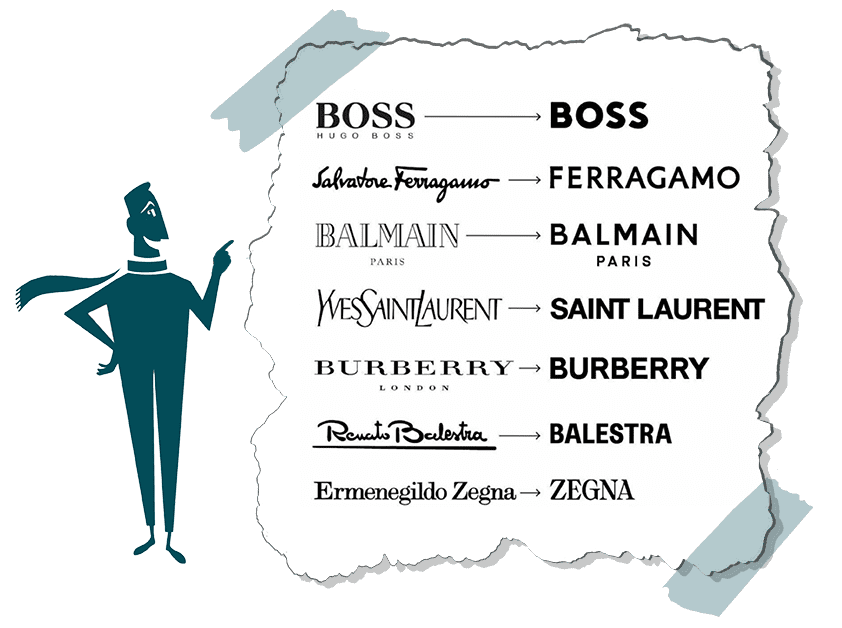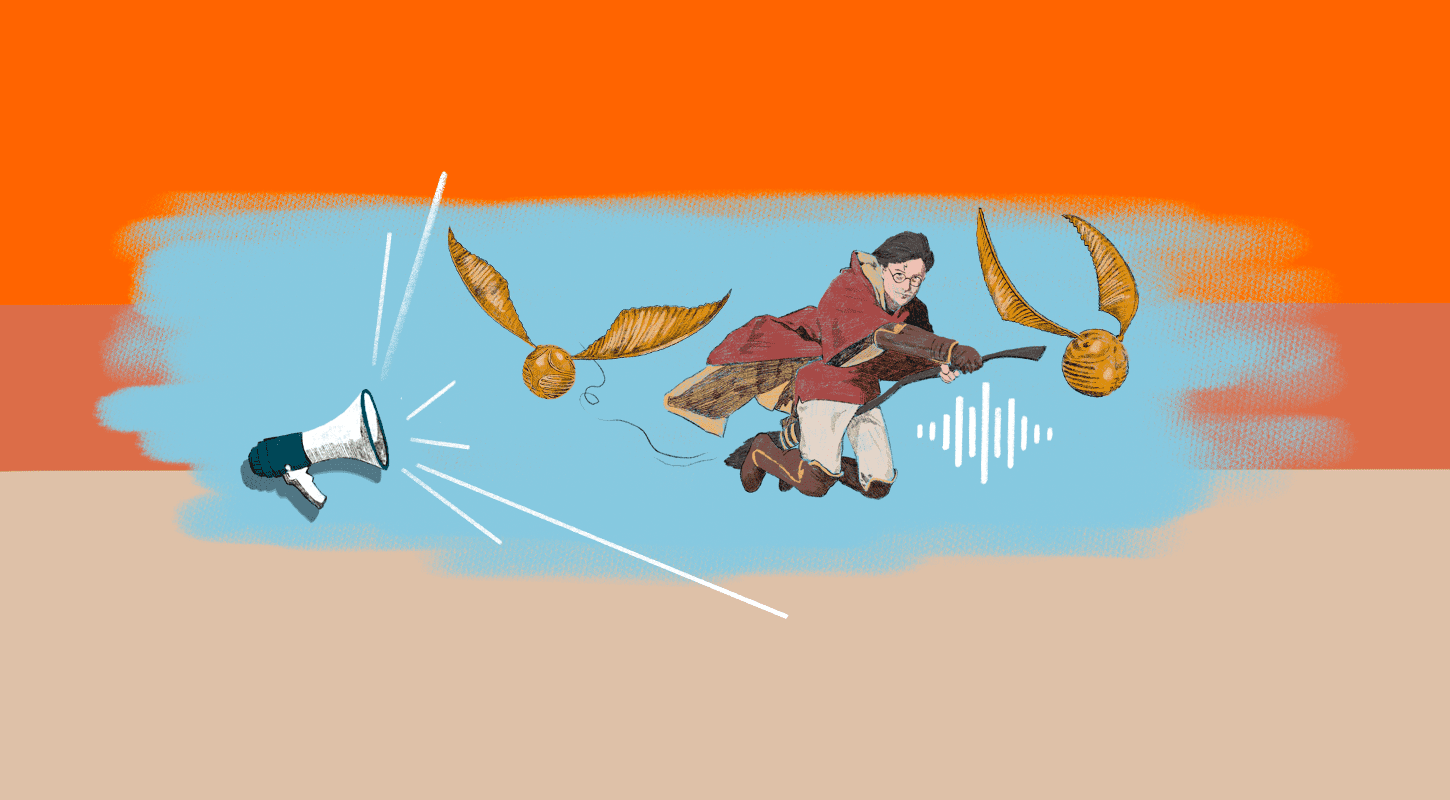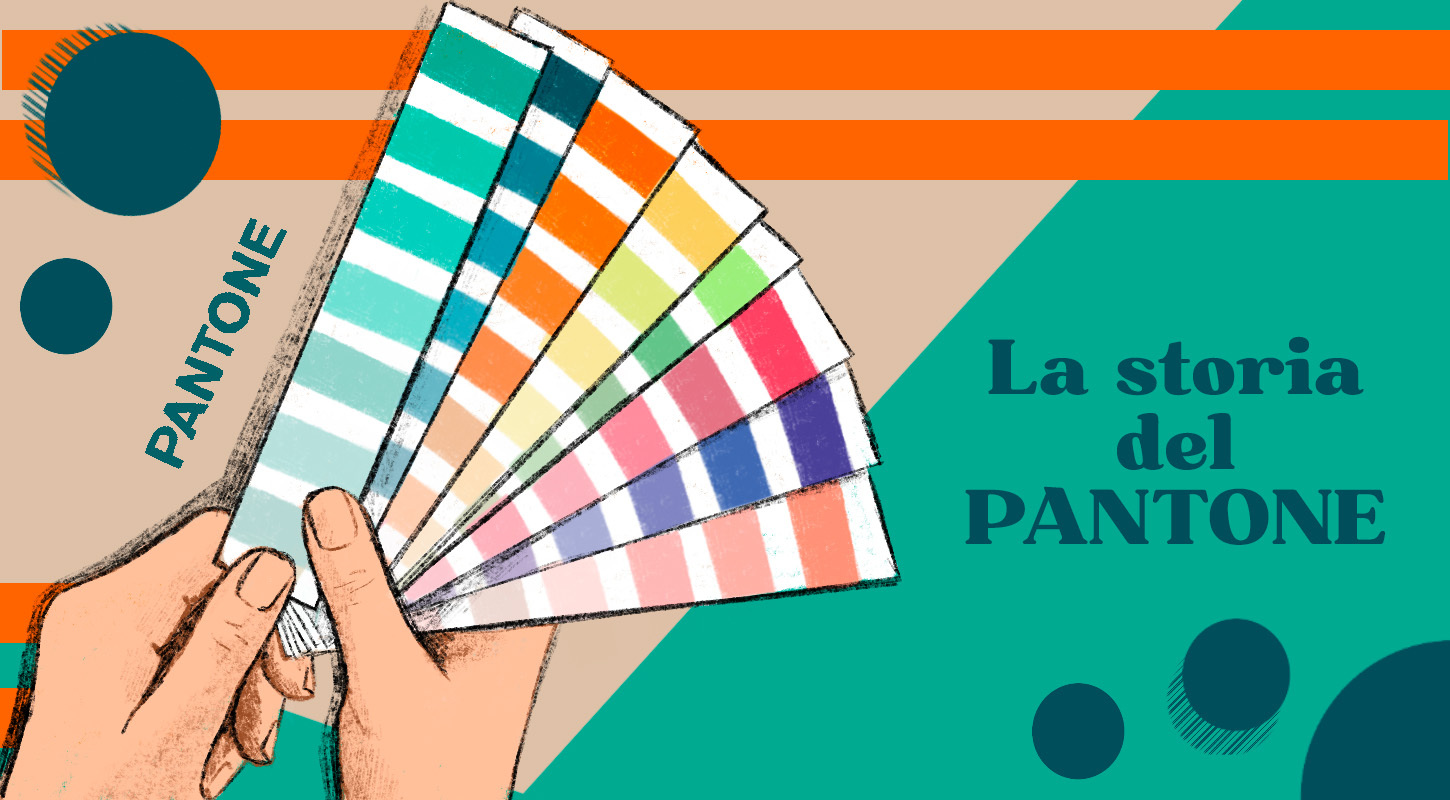Sound symbolism (or phonosymbolism) is that linguistic process in which the sounds of a word provide clues to its meaning. Even more simply: even words have a sound.
Let’s have some fun and take a quiz!
Phonosymbolism: Takete and Maluma
With which of the 2 figures depicted do you come to associate the word TAKETE and which MALUMA?

Don’t go to the next paragraph right away.
Did you happen to associate “Takete” with figure A and “Maluma” with figure B?
Did we guess right? We imagine so!
This experiment on phonosymbolism, which, we repeat, is the link between shapes and sounds, was conducted in 1929 by Wolfgang Köhler who showed that, in most cases, Takete was associated with the angular figure (a) and Maluma with the figure with a softer shape (b).
You should know that each word is received by the brain as an image, with which a meaning is subsequently associated.
What does Phonosymbolism have to do with Brands?
People define in their heads the character of a brand already from the name and especially from the sound (thus the phonemes) from which the brand name is composed. Obviously, the effects of phonemes on people’s minds are uncontrollable and are not the same since they are derived from the sensory experiences each of us has.
Therefore, when choosing a name for our brand or when launching a new product in the market, we need to choose phonemes that convey the significant characteristics we want to emerge with respect to that name.
Brand design and onomatopoeic names
Lately many luxury brands, such as Hugo Boss, Ferragamo, and Burberry, have standardized the font of their logos. By the way, if you want to explore this topic further, we have written an article on how to choose fonts for logos.
Returning to luxury brands, some designers and communication experts have called this operation of Brand Design “flattening of logos.” In short, it’s a bit like brands have become unified, all appearing the same.

Therefore, the question that arises is: in this flattening, how does the brand stand out?
The choice of name in this case becomes decisive.
You know those onomatopoeic names like Tic Tac, Schweppes, Crik and Crok? These are names that imitate sounds and evoke certain sensory associations.
Tic tac, for example, is the typical sound of the lid when we open and close the product package, crick crock is the sound of when we bite into a potato chip, and so on.

Phonosymbolism in the case of Harry Potter
Having come to this point, what does Harry Potter that we have inconvenienced and included in the title of our article on Brand Phonosymbolism have to do with it?
Fernando Customs, a professor of psychology at the Catholic University of Milan, laid the groundwork from which to perform The phonosymbolic analysis of the brand name. Customs investigated the expressive valences associated with phonemes that affect people’s perception, as well as the relationship between phonosymbolic meaning (vowel and consonant sounds) and the linguistic meaning of words.
Let’s examine the word “Quidditch.” Harry Potter fans will thank you!
Quidditch is a neologism coined by Rowling, author of the successful saga of the world’s most famous wizard.
Quidditch is a word invented to name the game that appears in Harry Potter.

Following Customs’ studies, we analyze phonemes, or the sounds that are produced in pronunciation.
The vowel U recalls the concepts of sacredness and darkness. I , on the other hand, communicates lightness and speed.
Hard D, communicates strength, power, stability. Sweet C (followed by h), on the other hand, indicates lightness and speed.
In short, we do not know what Rowling had in mind when she invented this word; reading, however, the meaning of the phonemes derived from Dogana’s studies, we imagine that she wanted to convey the perceptions of lightness and speed: two characteristics that, on closer inspection, indeed, on closer inspection, are evoked by the famous match aboard flying brooms.
Had you ever heard of Phonosymbolism in brands? Let us know in the comments!







